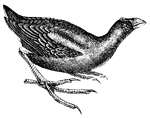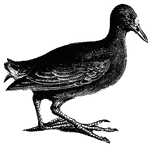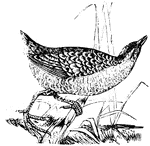Clipart tagged: ‘coot’
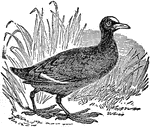
Coot
Coots , are medium-sized water birds which are members of the rail family Rallidae. They constitute…

Coot Head
"Fulicia. Coot. Bill and frontal plate much as in the Gallinultes. Body depressed; the under plumage…
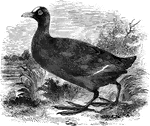
Common European coot
Averaging about sixteen inches in length, the common coot of Europe is found throughout Europe and Asia.
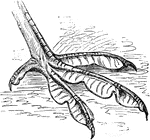
Coot Foot
"Fig. 53 shows the lobate foot of a coot. In the lobate foot, a paddle results not from connecting webs,…

Phalarope Foot
"Fig. 53 bis - shows the lobate foot of a phalarope. In the lobate foot, a paddle results not from connecting…

Fin-Footed Coot Foot
"In ornithology, pinnatiped; having pinnate feet, the toes being separately furnished with flaps, as…
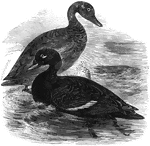
Velvet Scoter
Common in Europe and North America, the velvet scoter is also known as the white-winged coot.
